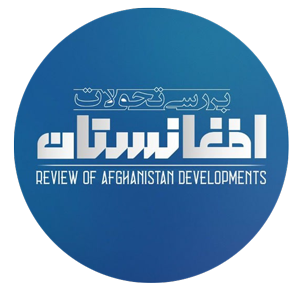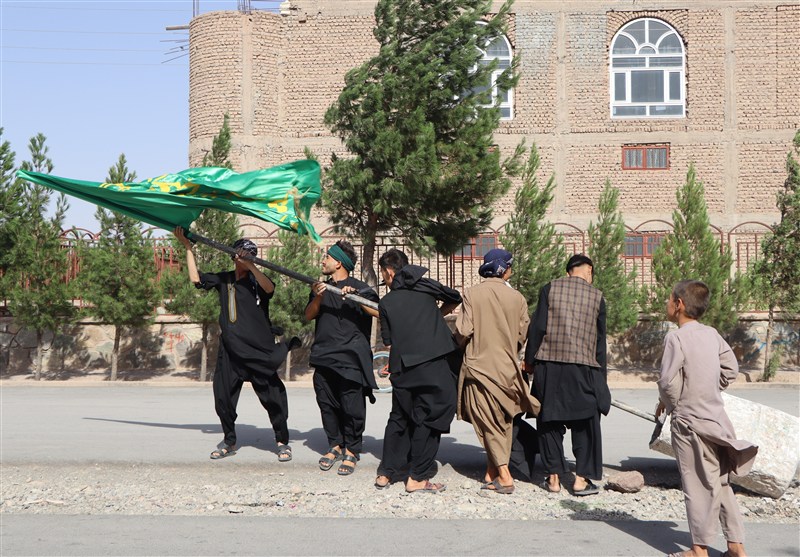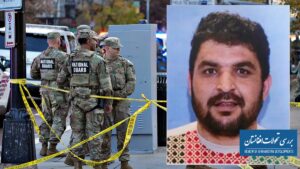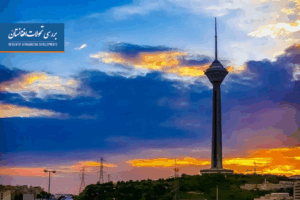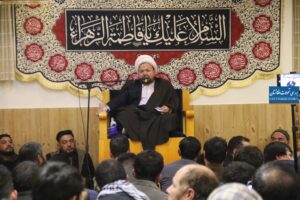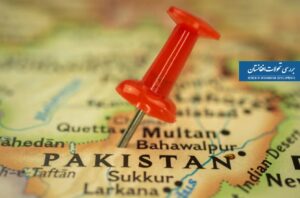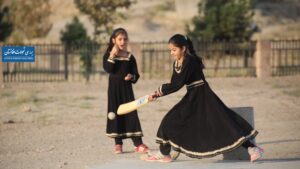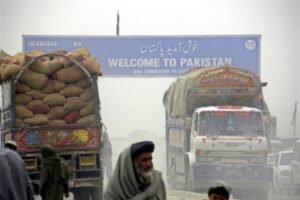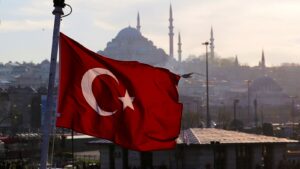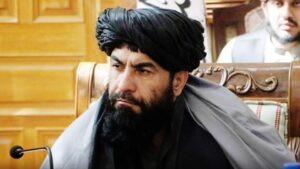Review of Afghanistan developments
As the advent of Muharram 2025 approaches – one of the most significant religious occasions for Muslims, particularly followers of Shia Islam – Afghanistan is once again engulfed in a unique atmosphere. The month of Muharram, which commemorates the historic stand of Imam Hussein ibn Ali (AS) on the plains of Karbala on the Day of Ashura, has always been observed in this land with profound fervor, solemn wisdom, and distinctive cultural and religious expressions.
In prior years, even in the face of security threats and terrorist attacks targeting Hussaini mourners, the mourning ceremonies during the month of Muharram were conducted with remarkable enthusiasm. Mosques, Tekyekhanehs, markets, and roads were adorned in black, while groups of individuals beating their chests and drinking water were showcased as symbols of the people’s dedication to the Ahl al-Bayt (a.s.). This religious tradition has consistently represented a manifestation of religious identity, cultural unity, and social connection in Afghanistan.
This year, during Muharram 2025, the shrines and mosques associated with the Shia community in Kabul and other provinces have been draped in black, and mourning ceremonies have commenced in numerous locations. On the inaugural day of Muharram 2025, significant arrangements have been undertaken to conduct ceremonies, particularly at the shrine dedicated to Hazrat Abolfazl (situated near the Prime Minister’s Office) and the Sakhi shrine (next to Kabul University). The Shia Security Commission has declared that mourning groups from various Hussainiyas will participate in these locations according to a predetermined schedule.
Last Thursday, Shia scholars in Afghanistan held a meeting attended by Friday prayer leaders, speakers, and mourners of the Ahl al-Bayt (peace be upon them), emphasizing the importance of preserving the sanctity of Muharram, articulating the philosophy of the Ashura uprising, and promoting the culture of Hussain among the people. They urged the speakers to utilize the pulpits during Muharram to advocate for Islamic unity, peaceful coexistence, and to prevent any form of exploitative propaganda.
Before the commencement of the month of Muharram in 2025, the public Takiya Khana of Chandawal (commonly known as the Takiya Khana of Mr. Hojjat) has been adorned in black, marking it as one of the oldest religious centers for Shia Muslims in Kabul, where ceremonies have commenced with a speech by Ayatollah Seyyed Mohsen Hojjat. Other significant mourning centers in Kabul, such as Fatimiyah in Qala-e-Fathullah, the shrine and mosque of Martyr Seyyed Ismail Balkhi in the fifth district, Al-Zahra Mosque (under the supervision of Ayatollah Salehi) in the sixth district, Malik Ashtar Mosque (with the presence of Hojjat-ul-Islam Hosseindad Sharifi) and the Takiya Khana of Imam Zaman (A.S.) (under the supervision of Hojjat-ul-Islam Mohammad Hassan Salehi) in the thirteenth district, Khatam-un-Nabiyeen Mosque (affiliated with the Khatam-un-Nabiyeen seminary) in the sixth district, Zainabiyah in Karteh Char in the third district, Dar-ul-Ma’arif of Ahl al-Bayt (led by Ayatollah Vaez Zadeh Behsoodi) in the thirteenth district, and Qaimiyah in Afshar (under the supervision of Hojjat-ul-Islam Seyyed Alishah Tavakoli) in the fifth district, have also initiated mourning programs.
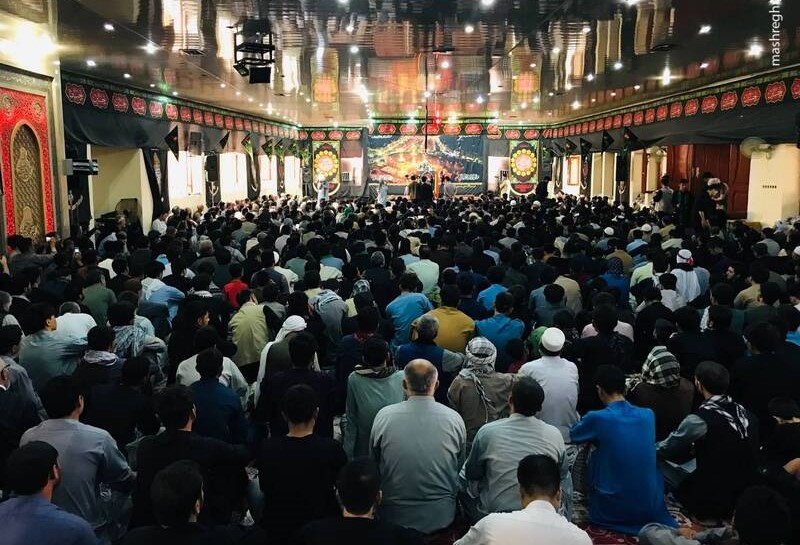
During Muharram observances, alongside Shia Muslims, followers of Sunni Islam also play an active role in paying homage to Imam Hussein (AS). Many among them honor this day according to their own traditions – both by attending Muharram mourning ceremonies and by holding special programs on Ashura, including at sites such as the Shuhada-e Salehin shrine. Furthermore, numerous Sunni preachers dedicate sections of their Friday sermon sermons to emphasizing the status of Imam Hussein (AS) and his companions, commemorating their ultimate sacrifice in the path of truth.
With the arrival of Muharram 2025, Kabul has become imbued with the distinctive spirit of the holy month. Both permanent shops and street vendors are offering an array of Muharram symbols: flags emblazoned with the blessed name of Imam Hussein (AS), commemorative headbands, armbands, and other emblems of Ashura. Meanwhile, throngs of citizens are launching “Hussaini Food/ Feeding” campaigns, distributing votive food offerings (nazr/niaz) to those in need and to mourning congregations.
Related Articles
Social Trust Crisis in Afghanistan
The Impact of Urban Development in Afghanistan
Each year, prior to the onset of Muharram, specific security protocols are established to guarantee the safety of the Husseini mourners. To achieve this, the security personnel of the Islamic Emirate commence their operations ahead of Muharram, and as Tasu’a and Ashura of Husseini draw near, these efforts intensify. Alongside the various initiatives undertaken by the security forces, popular committees in all mosques and Husseiniyehs collaborate with the security personnel to maintain order and security, working in complete coordination with the “Security Commission for Regulating Religious Affairs.”
Promoting unity and solidarity from the pulpits
Religious scholars and individuals responsible for conducting religious ceremonies, while underscoring the importance of maintaining order and discipline, have urged preachers and mourners to utilize religious spaces to foster the culture of Ashura, promote unity among Muslims, encourage social empathy, and facilitate religious interaction.
In recent years, it is significant to note that the message of Ashura has increasingly been portrayed as a universal call for justice, resistance against oppression, and the defense of human dignity. This message transcends the boundaries of the Shiite school of thought, serving as a source of inspiration for all individuals who seek justice and freedom globally, irrespective of their religion, ethnicity, or political beliefs.
In this context, the month of Muharram is regarded as a unique opportunity to enhance religious solidarity, foster national cohesion, and promote interfaith dialogue in Afghanistan. Safeguarding this environment and utilizing it positively can significantly contribute to bolstering national unity and curbing extremism.
